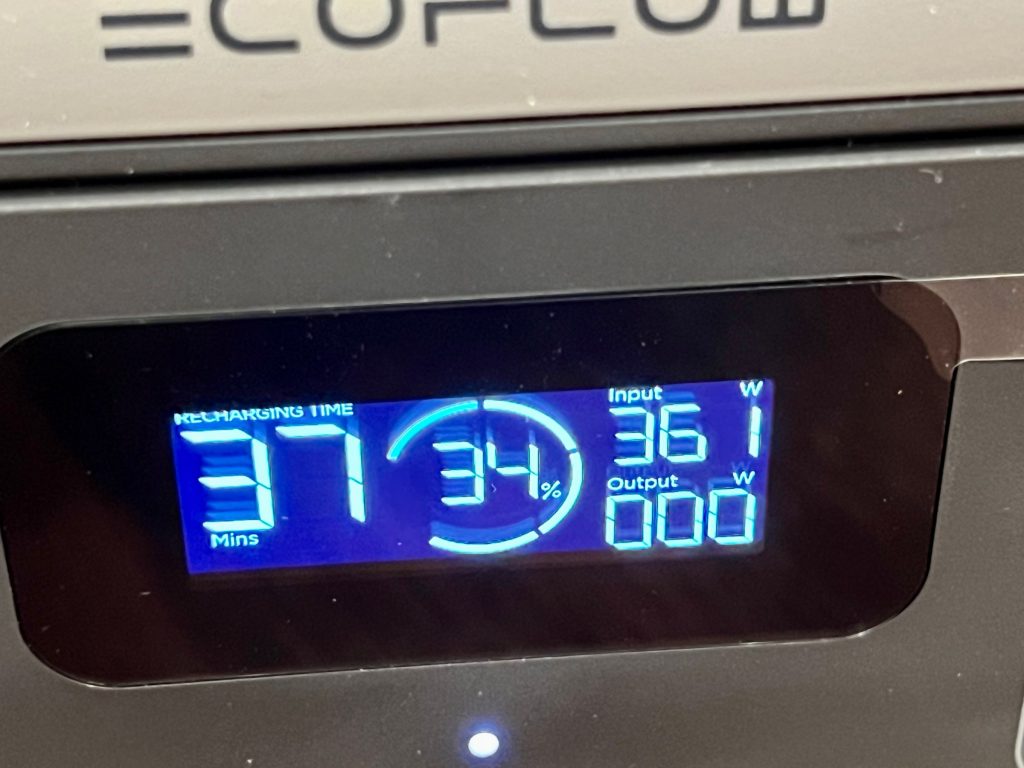Battery technology and cost of production have come a long way in the last decade. Use cases that were prohibitively expensive just five years ago are now possible thanks to falling costs. We have mainstream electric cars that can travel 300 miles, power-dense lithium polymer batteries that can power drones and RC, and inexpensive portable power stations that can replace dirty old gasoline generators.
The portable power station is a device that has gained a lot of popularity in recent years. These relatively inexpensive devices can bring household AC 120-volt power to anywhere it’s needed. Like early electric cars, older power stations contained lithium-ion batteries with the NMC (nickel, manganese, and cobalt) chemistry. MNC battery cells are still the top choice where the highest level of performance and energy density is required, such as portable electronics and the fastest electric cars. But in the last five years, LiFeP04 (lithium, iron, and phosphate) or LFP batteries have taken the world by storm. Jackery has a complete comparison article here, but below are the main benefits of each chemistry.
Benefits of LFP Batteries for Power Stations
- Crucially, LFP batteries have longer lifespans for energy storage. NMC batteries are quoted to have lifespans of 500-1000 complete cycles before the capacity drops below 80%. LFP batteries are commonly quoted to last 3000 cycles under similar conditions. Making them more useful for many more years of frequent use.
- NMC batteries are sensitive to storage at a high SoC (state of charge). Manufacturers often ask users to charge NMC cells only to 80% on a regular basis. LFP batteries do not suffer from charging to 100% as much, and can also be stored at high SoC without degrading capacity.
- Lithium, iron, and phosphate are more abundant resources than nickel, manganese, and cobalt. This makes LFP batteries easier on the environment to produce. In addition, cobalt for NMC batteries is majority sourced from the Democratic Republic of the Congo (DRC) where human rights abuses are common in the mining industry.
- The LFP chemistry cells are more stable at high temperatures, making a battery fire scenario less likely to happen. A battery fire is a thermal runaway event that is difficult to put out. The heat from the fire makes more of the material to burn.
Benefits of NMC Batteries for Power Stations
- NMC cells easily win on energy density. LFP can typically range between 90 to 120 Wh/Kg, but NMC can surpass 200 Wh/Kg.
- NMC batteries have a higher charge/discharge rate. This means that a LFP power station of the same capacity will probably output less power (in Watts) than a power station with NMC.
- In extremely cold conditions, NMC batteries have an easier time charging/discharging, whereas LFP cells are more sensitive to cold.
- When it comes to power stations and solar generators, LFP batteries command a small price premium over NMC. But this is expected to be at parity once LFP benefits from further economies of scale.
Should you consider an NMC or LFP Portable Power Station?
The main consideration most consumers have about batteries is longevity. Think of it like this: if you follow storage best practices, an NMC-battery power station that is used once a week should still last almost 10 years (500 cycles). A LFP chemistry power station can be used daily and last almost as long (3000 cycles).
If constant use is important, LFP easily wins. But if you require the most energy capacity in the most portable form factor, then NMC power station products are hard to beat.
